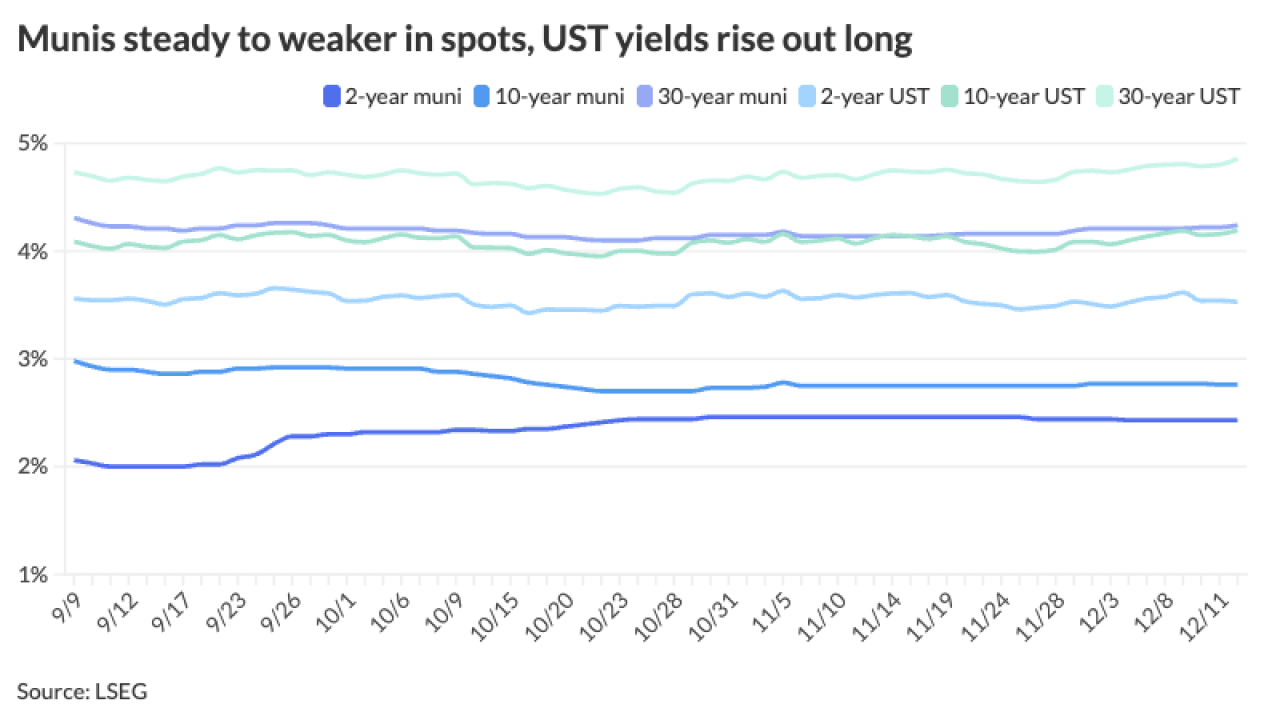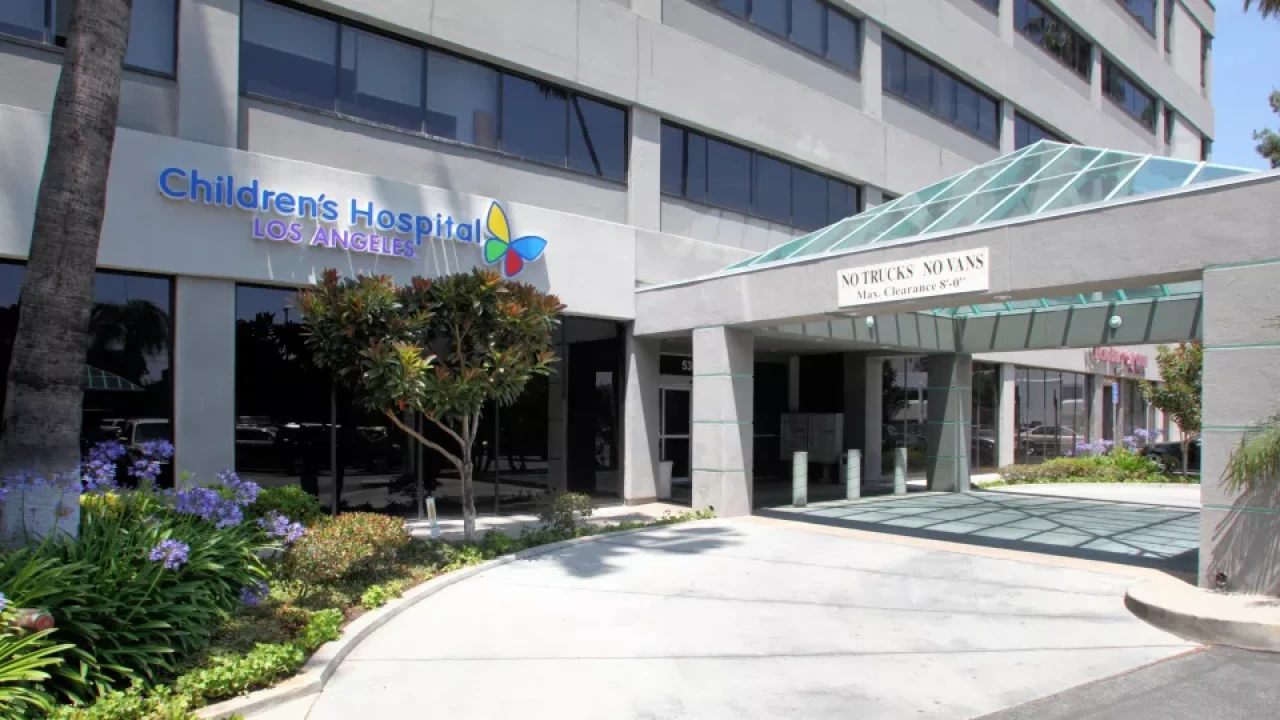Given that inflation has been below the Federal Open Market’s stated 2% target on an annual basis each year since 2012, Federal Reserve Bank of St. Louis President James Bullard said Thursday monetary policy might be “too hawkish.”
“Market-based measures of inflation expectations suggest that financial markets believe the FOMC will again miss its PCE inflation target to the low side in 2019 and, indeed, for the next five years,” Bullard told the Little Rock Regional Chamber, according to prepared text released by the Fed.

“This is a market signal that the current stance of monetary policy may be too hawkish,” he said.
While the economy performed better than expected the past two years, inflation remained subdued, he noted, which gave policymakers the chance to raise short-term interest rates. But, with lowered inflation expectations and the possibility the yield curve will invert, Bullard said, that opportunity has passed.
The FOMC “should heed these important signals in order to keep the U.S. expansion on track for the next several years,” he said.
“The FOMC has already been sufficiently pre-emptive over the last two years to contain upside inflation risk,” Bullard added.
The economic performance and subdues inflation “is further confirmation that older Phillips curve correlations — linking low unemployment to high inflation — have broken down and cannot be relied upon to provide a guidepost for today’s policymakers,” he said.
The flattening yield curve remains a threat. “A significant and sustained inversion of the Treasury yield curve would be a bearish signal for the U.S. economy,” Bullard warned. “Inversions have been associated with recessions in the postwar U.S. data,” he said. “The FOMC should moderate its normalization campaign given that the yield curve is getting close to inversion.”





